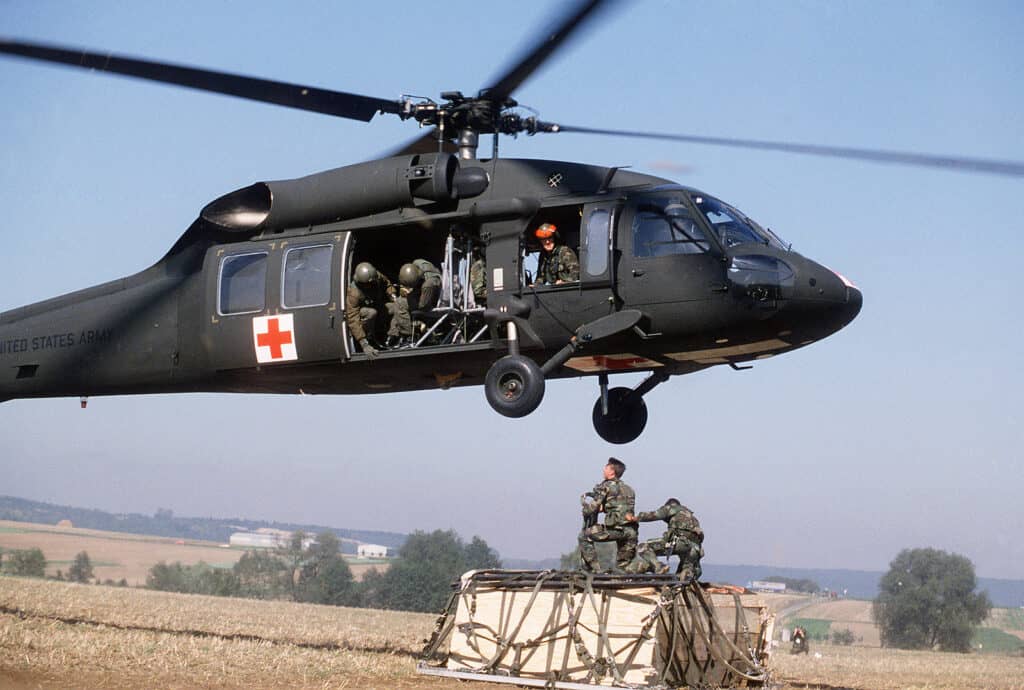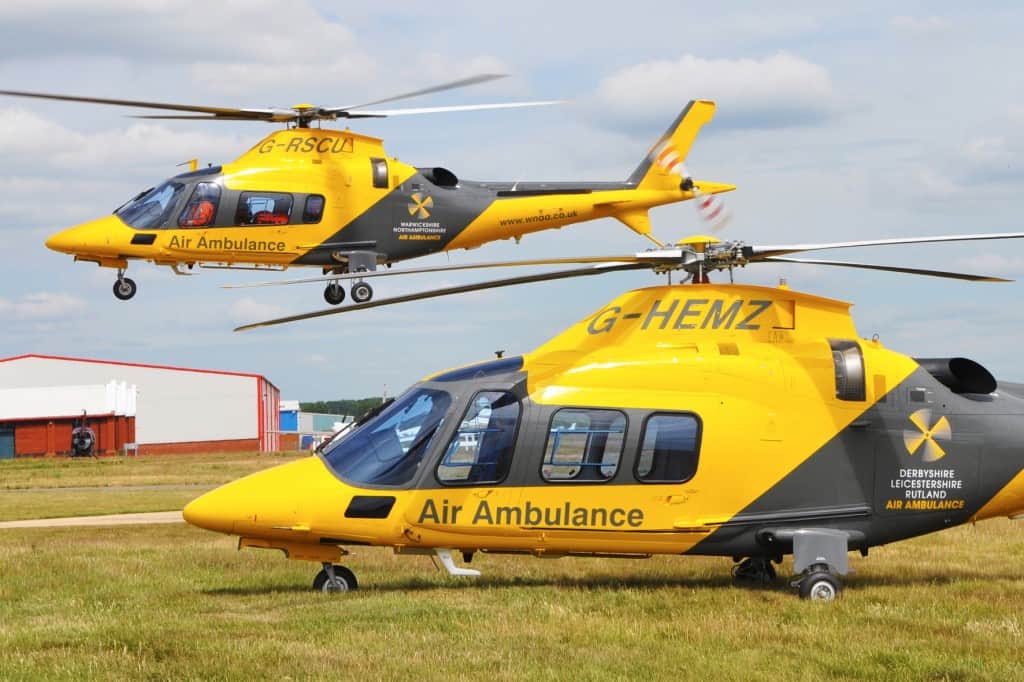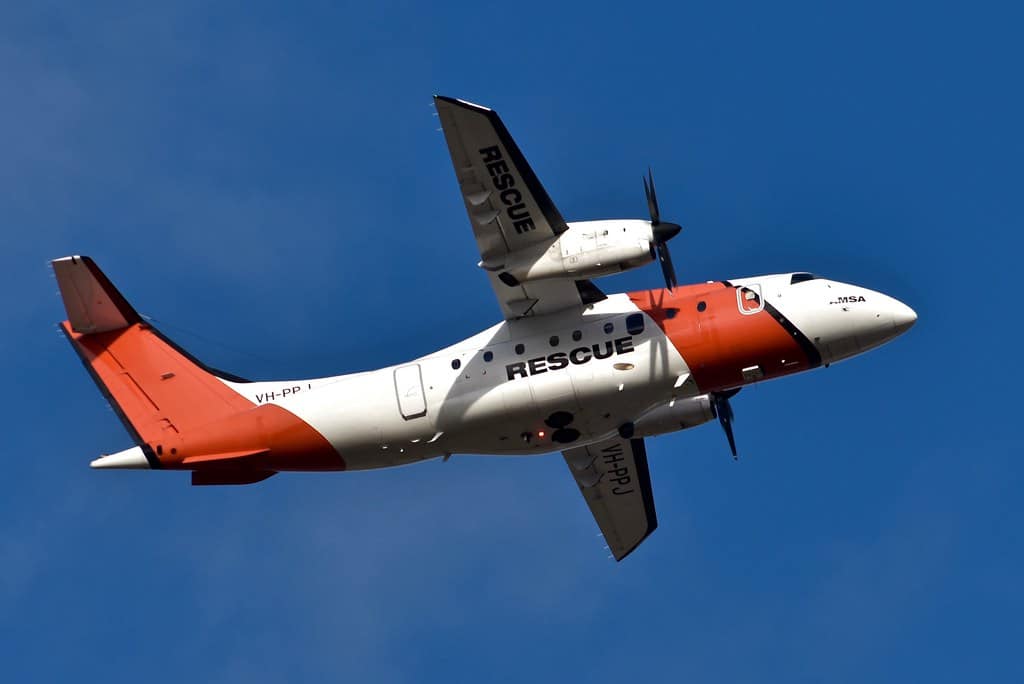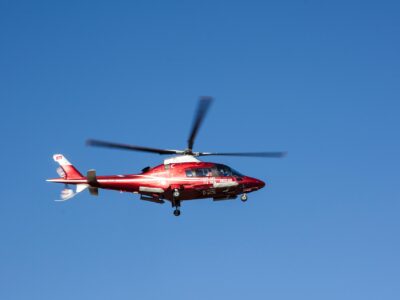Air transportation for medical purposes has helped save many lives over the past few decades. These forms of transport are particularly effective under dramatic circumstances and in rural and wild areas, given that they can bring the injured person to the nearest hospital in less than an hour.
On the other hand, these services can lead to massive medical bills that the patients aren’t prepared for, since most medical insurances won’t cover them.
Once the treatment is over, the patients are left wondering how and why does (less than) a one-hour flight cost so much.
In this article, we’ll give you an overview of the prices for medical flights, medevac, and air ambulance services, and try to explain the variables that impact the final price.
I don’t want you to get all confused right from the start, so remember, a medical flight is every flight that has something to do with medical care. Medevac is a term used for “rescuing someone with an aircraft”, and an air ambulance is an actual aircraft that’s flying to the scene.
Topics
What Are Medical Flights?
A medical flight is the airplane transportation of sick or injured people who require immediate medical attention that’s performed during the flight. These flights are highly medically equipped with necessary machines and medication, as the aircraft is designed to ensure the safest possible patient transportation.
This transportation is usually needed in extreme circumstances, such as injuries in rural or wild areas, rare diseases, illnesses, or injuries obtained abroad that need to be treated in the patient’s home country immediately.
Medical Flights Costs
Similar to regular booking, medical flights can vary depending on a number of variables.
According to the National Association of Insurance Commissioners from the USA, the average price for an air ambulance flight is counted in tens of thousands of dollars, but it can also reach extreme figures, depending on the circumstances.
There are several reasons why this type of transportation is so expensive. First, there is the jet itself which can cost millions of dollars, then the costs of maintenance and medical equipment for ensuring safety and operability throughout the year. Then, there are medical staff costs, whose salaries usually exceed regular medical staff salaries, and depending on the circumstances, the number of crew onboard can vary, so this variable also affects the final price of the service.
The severity of the injury or condition is another major factor that impacts the service price because it drags a series of other costs, such as the type of treatment applied on the flight, equipment and medication applied, etc.
If the flight is being taken locally, for example, within the US, the price is going to be much lower, than if the patient needs to be taken home from a foreign country.
According to the Montana Legislature study, the cost of a medical flight is divided into the liftoff fees, that range between $8,500 and $15,200, and per-mile charges, that range between $26 and $133 per mile.
Medical Flights Membership Programs
For those who, for some reason, suspect that they might need this service, they can opt-in for membership programs that different air medical companies offer. Such programs are designed not to exceed the costs covered by the user’s health insurance company.
For example, the AirMed network membership costs only $85 per year, per household, while AirMed offers individual and family membership plans of one, three, and five years.
Now that we’ve explained what medical flights are, let’s see what medivac is.
What Is Medevac?
Medevac is an acronym that stands for Medical Evacuation Coverage, and it refers to airplane or helicopter transportation of military or other injured people to the nearest hospital or medical center.

It’s an efficient type of transport with professional medical care provided on the flight to individuals who have been injured and are in need of instant and fast medical response. It’s most commonly used on battlefields to transport the injured civilians or members of the army, but it’s also used in rural areas in cases when patients need urgent hospital treatment.
Examples of medevac are EMS vehicles, military air ambulances, or aeromedical services for civilians, as well as aircraft transporting injured people from the battlefield to the hospital or trauma center.
Air Ambulance
In reality, all helicopters and planes offering immediate or regular transportation to a hospital or trauma center are called air ambulances. The most essential thing you need to perform a Medical Evacuation Coverage (Medevac) is an air ambulance.
Patients who use the air ambulances don’t necessarily need to be “an urgent case” – they could simply be too weak to travel on a commercial flight.
An air ambulance is a nicely equipped business jet that provides extreme comfort and care. Obviously, it’s no one’s dream to fly with an air ambulance.
Sometimes, you’ll hear people use the term rescue plane when they actually mean air ambulance.

It’s not a rule, but if the case is not urgent, and there is only the need to transport a person from point A to point B, where B is a medical facility, an airplane will be used. However, a jet would also be used if the case is urgent, but the treatment facility is far away, over 1,000 miles for example.
On the other hand, a helicopter is used for more urgent cases, where there is an immediate need to transport the person to a hospital or trauma center. Helicopters are also used for non-urgent shorter distances, where it doesn’t pay off for an airplane to take off.
Medevac Costs (Air Ambulance)
Just like medical flights, medevac too is pretty expensive and the medical bill can leave the receiver in quite a shock.
When it comes to price formation, similar variables apply as in the previous example: distance, local or international flight, the severity of the injury, the number of staff, the type of aircraft used, the type of treatment applied, etc. However, the average and the lowest price are still lower than medical flights.
Within North America, Medevac costs some $25,000 on average, while the evacuation from Europe to North America can cost around $100,000 on average. The average price of evacuation from further locations is some $250,000.
An additional $11,000 for local flights and up to $25,000 might be needed if nurse escort is required.
The costs of repatriation can in total reach up to $1 million in case the patient is severely injured, it’s a hard-to-reach location, or it’s very far away.
Medevac Insurance
However, this too can be solved with insurance for medical evacuation offered by most travel insurance companies as well as some credit cards. It’s also possible to purchase solely medevac, which will cover more costs than the standard travel insurance. Examples of companies that offer medevac are Travel Guard, MedJet, Allianzcare, Travel medevac, or Med Jet Assist.
Medevac insurance is highly recommended if you’re taking a cruiser trip, or if you’re visiting a developing country very far away in which you know you won’t be able to receive proper medical care.
If you decide to opt-in for medevac insurance, you’ll need to make a decision on the adequate coverage for your needs. This should be determined by taking into account the following factors:
- Are you flying locally or internationally?
- Are you taking a short or a long trip?
- What is the location of your travel trip?
- What is the nature of your trip?
These questions should help you make a precise risk assessment and analyze the necessity of paying for a medevac insurance.
Types Of Air Ambulances
Being an avgeek, the first thing that popped into my mind when I heard about medical flights was the types of airplanes they use. Are these the same jets that are used for private flights or that you can find on flight-sharing apps?

Turns out there are special models that are mostly used as air ambulances, i.e. for evacuation purposes. Two main types of airplanes are turboprop and jet planes. Both kinds have their purpose, time, and place when they’re used.
Just for the record, there are many differences between a turboprop and a jet plane. The biggest one is that a turboprop plane has a hybrid engine combining a jet engine that boosts the propeller on the plane, like in the old times, whereas a jet plane only has a jet engine, obviously.
Turboprop Air Ambulances
Truth be told, turboprop jets are a bit slower than jet planes but have their own advantages. A turboprop plane is able to land on smaller regional airports, take off from shorter runways, and is much cheaper to maintain and operate.
Turboprop planes can land much closer to the target, meaning that the person in need will enter the plane faster. Some typical turboprop air ambulances are the Beechcraft King Air 90, Beechcraft King Air 200, or the Piper PA-42-720 Cheyenne.
Jet Plane Ambulances
Unlike turboprop planes, jet ambulances are much faster. These are used if the patient is in a serious and urgent situation. A jet ambulance can quickly take a patient from one continent and transport them to another.
Of course, there are other complications related to jet plane ambulances, and that’s the terrain which is not always suitable, as well as high maintenance costs. Some typical jet ambulances would be the Citation Mustang, the Hawker, Boeing Business, or the Bombardier Challenger.
Summary
Medical flights are a serious topic that needs a careful approach. In this text, you noticed that the terms medical flights, medevac, and air ambulance services are often mentioned. These terms are not completely interchangeable, but are dependent on one another.
The first one, medical flights, is an umbrella term for both medevac and air ambulances. To be more precise, every flight that has something to do with medical care is a medical one. At the same time, medevac and air ambulances have everything to do with medical care.
Medevac, on the other hand, is a term describing medical evacuation. In other words, this is the action of “rescuing” people in need that are far away from an urban area and need a postponed or immediate treatment in a hospital or trauma center.
Subsequently, in order to evacuate someone from an unwanted scenario, you need an air ambulance. This is where the third term comes into question. An air ambulance can be a helicopter or an airplane.
A helicopter is mostly used for shorter hauls, or when the situation is very urgent. The advantage of the helicopter is that it can land almost anywhere and is able to use more convenient trajectories to reach the medical facility.
At the same time, there is also a division with the airplanes, where turboprop airplanes are used, as well as jet ambulances. The turboprops are a bit slower, but can land closer to the patient, and are cheaper to operate. Jet ambulances, on the other hand, will do the job faster and can take on more mileage.
Hopefully, things are a bit clearer to you now. I don’t wish that you have a need for a medical flight, but it’s an advantage knowing these things, because, you never know. Make sure to read the text once more if needed, because it’s a very important topic worth our attention.

